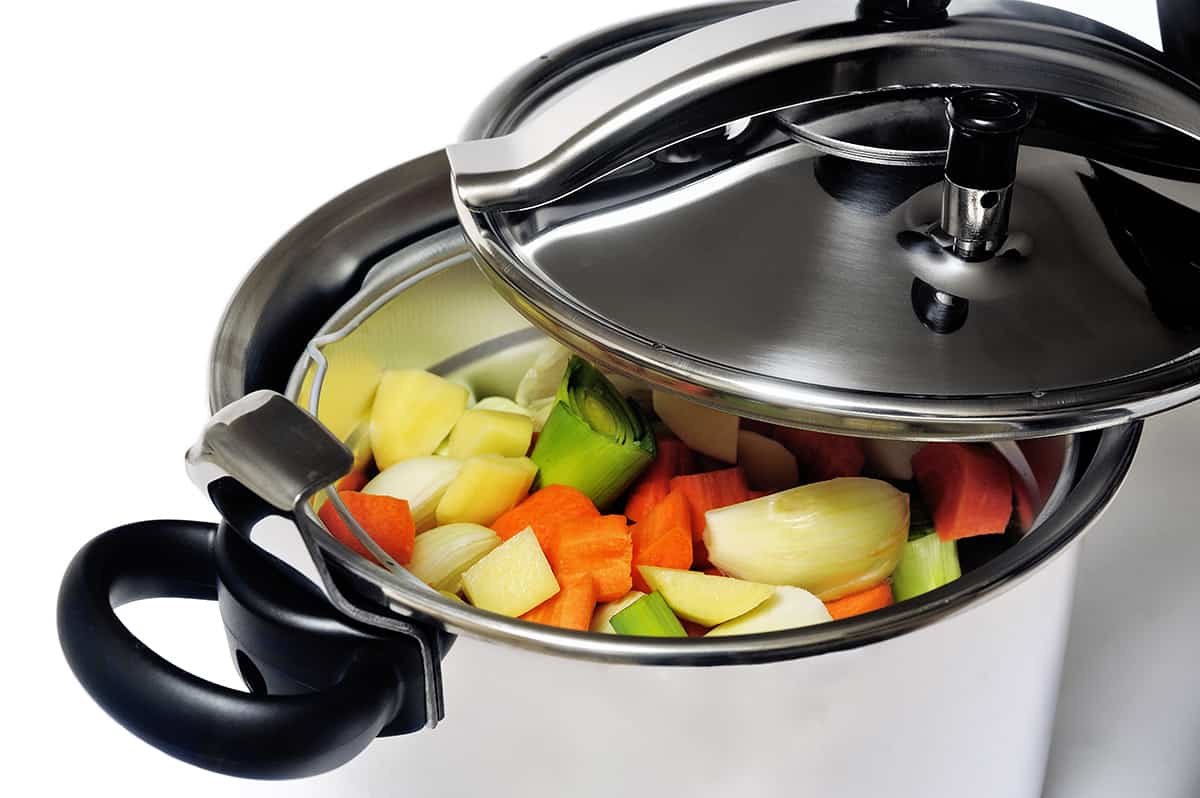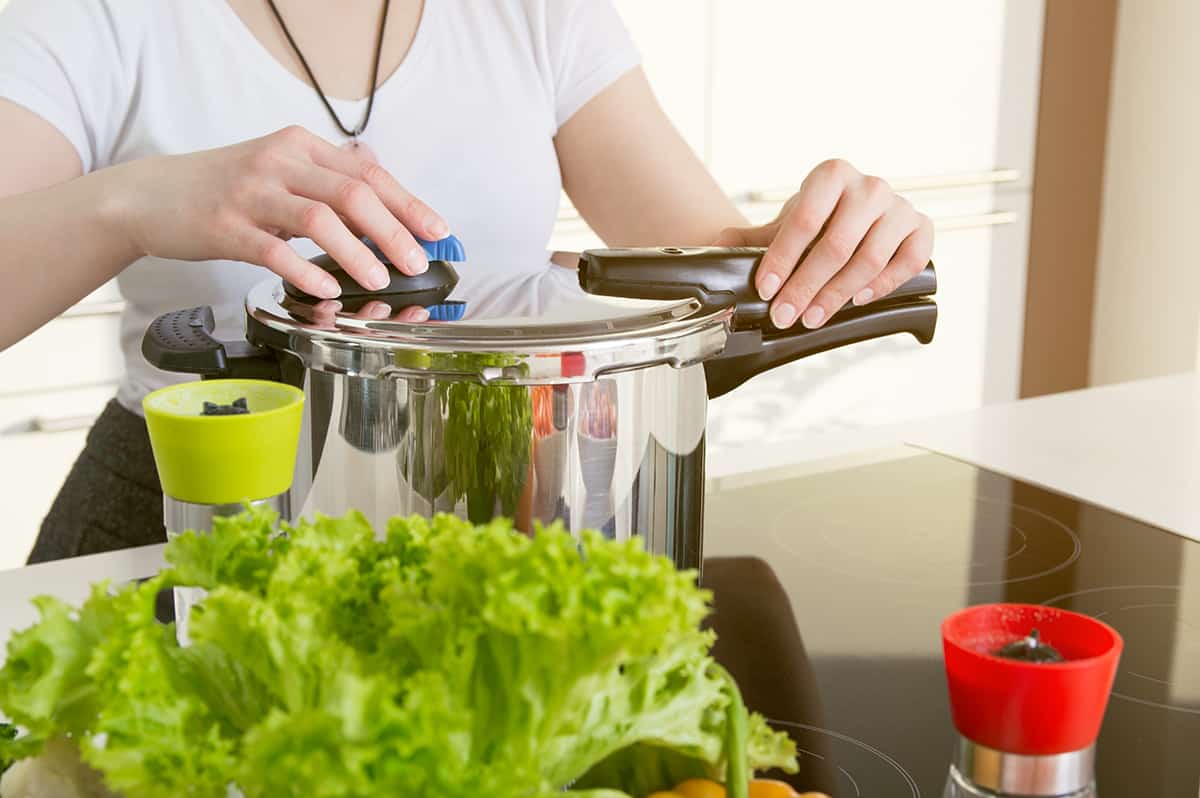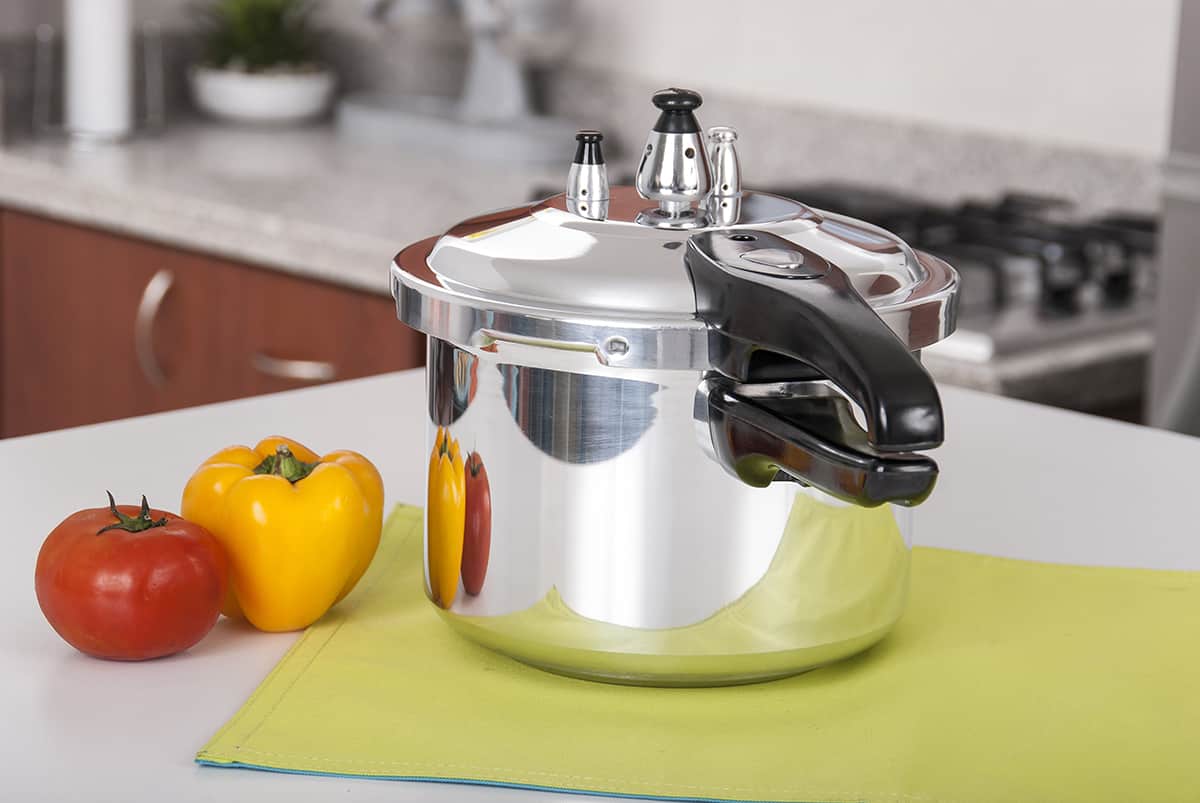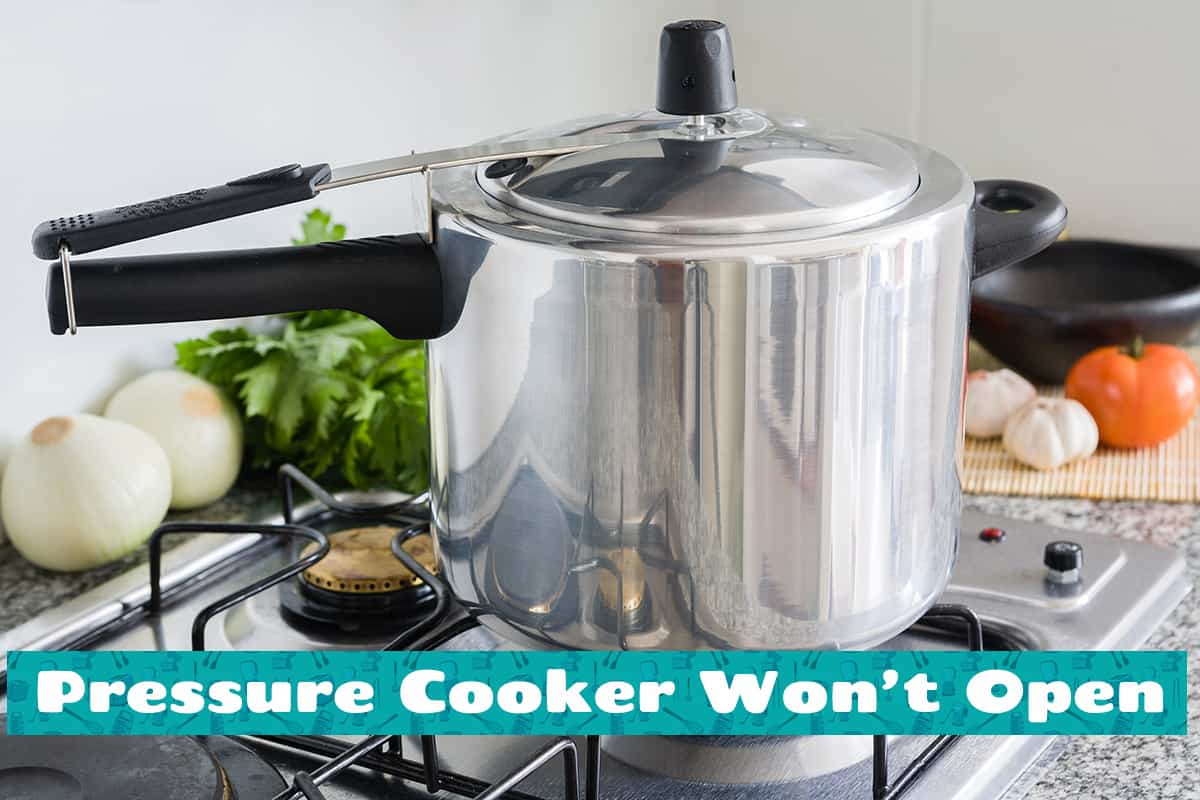Pressure cookers work by trapping steam inside the pot, which raises the pressure and cooks food more quickly. Many people wonder if it’s possible to overcook food with a pressure cooker, as it might seem like the high pressure and temperature would make it difficult to do so.
Yes, you can overcook food in a pressure cooker. Here are some reasons why:
- Cooking at the wrong pressure level
- Inaccurate cooking time
- Ignoring natural pressure release
- Overfilling the pressure cooker
In this article, we will explore the factors that can lead to overcooking, how to prevent it, and what pressure-cooking skills you need to master.
Factors That Can Lead to Overcooking

Even though pressure cookers are designed to cook food quickly and efficiently, it is still possible to overcook food if certain factors are not considered. Let’s explore these factors in more detail:
1. Cooking at the wrong pressure level
Pressure cookers typically have different pressure settings to accommodate various types of food. The most common pressure levels are “low” (about 4 to 7 psi) and “high” (about 13 to 15 psi). Cooking at the wrong pressure level can cause food to be overcooked or undercooked.
2. Inaccurate cooking time
Choosing the correct cooking time is essential to avoid overcooking. Pressure cookers can cook food much faster than traditional methods, so it’s important to adjust the cooking time accordingly. If the cooking time is too long, the food will be overcooked and may lose its texture and flavor.
3. Ignoring natural pressure release
Pressure cookers have two main methods of releasing pressure after cooking: natural pressure release (NPR) and quick release (QR). NPR allows the pressure to drop slowly as the cooker cools, while QR releases the pressure immediately by opening a valve. Some recipes require NPR to ensure the food is cooked to perfection.
Ignoring NPR and using QR instead can lead to overcooked food. When you release pressure quickly, the temperature inside the pot drops rapidly, which can cause the food to continue cooking for a short time. This extra cooking time can result in overcooked food.
4. Overfilling the pressure cooker
Filling the pressure cooker beyond its maximum capacity can also lead to overcooking. When the pot is too full, the steam may not circulate properly, which can cause uneven cooking and overcooking of some ingredients.
Preventing Overcooking in a Pressure Cooker
To enjoy the benefits of pressure cooking without the risk of overcooking, follow these tips and techniques:
1. Using a timer
A timer is a crucial tool when using a pressure cooker. Once the cooker reaches the desired pressure, set a timer for the recommended cooking time in the recipe. By doing this, you can avoid overcooking your food and ensure that it comes out perfectly cooked.
2. Adapting recipes for pressure cooking
When converting a traditional recipe for pressure cooking, you’ll need to adjust the cooking time. As a general rule, pressure cooking takes about one-third of the time required for traditional cooking methods. For example, if a recipe takes 1 hour to cook in the oven, it will likely take 20 minutes in a pressure cooker.
3. Proper release methods
As mentioned earlier, choosing the right pressure release method is important to prevent overcooking. Follow the recipe’s instructions for either NPR or QR to ensure your food is cooked to perfection.
4. Monitor food size and thickness
The size and thickness of the food can affect cooking time. Larger or thicker pieces of meat and vegetables may require more time to cook, while smaller or thinner pieces can cook faster. When cooking large pieces of food, such as a whole chicken or roast, consider cutting it into smaller portions to ensure even cooking and prevent overcooking.
5. Test for doneness
When trying a new recipe or cooking an unfamiliar food, it’s essential to test for doneness before serving. Use a fork, knife, or meat thermometer to check if the food is cooked to your desired level. If it’s not done, simply close the pressure cooker and cook for a few more minutes before checking again.
Cooking Techniques to Master

Becoming skilled at using a pressure cooker involves learning a few essential cooking techniques. These techniques can help you achieve better results and prevent overcooking:
1. Layering ingredients
When cooking multiple ingredients in a pressure cooker, it’s important to layer them in the right order. This can prevent delicate ingredients from overcooking and ensure that everything is cooked evenly.
Follow these guidelines to layer your ingredients the right way:
- Prepare all ingredients by washing, peeling, and chopping as needed according to the recipe.
- Add any required liquid, such as water or broth, to the bottom of the pressure cooker. Follow the recipe or manufacturer’s guidelines for the appropriate amount.
- Place heavier, denser ingredients at the bottom of the pot. This typically includes meats and root vegetables, such as potatoes, carrots, and onions.
- Add any seasonings or herbs called for in the recipe, ensuring they are evenly distributed over the ingredients.
2. Using a trivet or steamer basket
A trivet or steamer basket is a useful accessory for pressure cooking. It keeps the food elevated above the cooking liquid, allowing the steam to circulate evenly around the ingredients. This is especially helpful when cooking delicate foods like fish, seafood, or vegetables that can overcook easily.
Here’s how you use a trivet in a pressure cooker:
- Add liquid to the pot.
- Place the trivet on top.
- Arrange the ingredients on the trivet, placing heavier items on the bottom and lighter ones on top. For delicate ingredients, use a steamer basket on the trivet.
- Cover the pot with the lid, set the pressure level and cooking time, and start cooking.
- After cooking, release the pressure and carefully remove the lid.
- Use oven mitts or tongs to lift the trivet or steamer basket out of the pot.
3. Deglazing the pot
Deglazing is a technique used to remove and dissolve any browned bits stuck to the bottom of the pot after sautéing or browning ingredients. These browned bits, called fond, can add depth of flavor to your dish.
Here’s how you deglaze your pressure cooker:
- Remove the cooked ingredients from the pressure cooker and set them aside.
- Add a small amount of liquid (such as broth, wine, or water) to the hot pot.
- Using a wooden spoon or spatula, scrape the bottom of the pot to loosen the browned bits.
- Continue stirring until the fond is dissolved in the liquid.
- Return the cooked ingredients to the pot.
- Proceed with pressure cooking as directed in the recipe.






